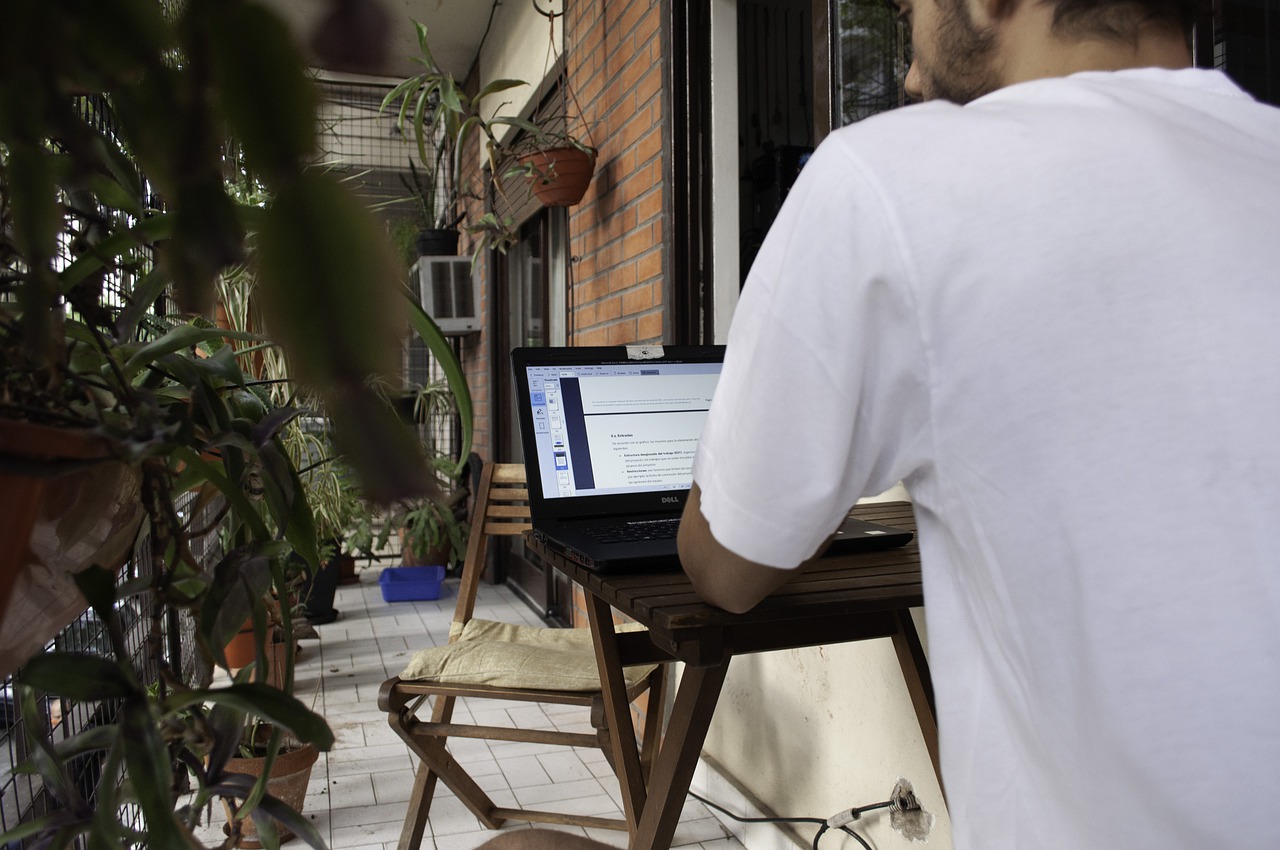Many people are betting that Work From Home (WFH) will change the Future of Work as we know it.
To be sure, thousands of freelancers have been doing remote work from around the globe for years, and so have many employees of technology companies.
This time, though, the difference is that nearly 97% organizations have canceled work-related travel–more than an 80% increase since March 3, 2020, according to a Gartner, Inc. survey of 800 global HR executives.
Further, 88% of organizations have encouraged or required employees to WFH, regardless of whether or not they showed coronavirus-related symptoms, the March 17 survey noted.
A Gartner survey of 317 CFOs and Finance leaders on March 30 added that 74% will move at least 5% of their previously on-site workforce to permanently remote positions post-Covid19.
Gaining traction
The data, hence, clearly indicates that WFH is gaining traction. Besides, there’s certainly a charm to avoiding long travel times, working in whatever posture you deem fit, and yet being in charge of your time and hopefully much more productive.

That said, while the WFH concept is necessary at this juncture, and promises to restore the work-life balance that many employees crave for, we must recognize that it comes with its own set of challenges.
but has challenges too
- Affluent country, urban-centric trend?
I’ve reiterated earlier too that the trend of WFH will become the Future of Work in a developing country like India ONLY if we ensure good bandwidth and, more importantly, steady electricity supply.
As an example, even India’s Silicon Valley-Bengaluru-, and the nation’s capital city, New Delhi, are plagued with brownouts and blackouts not to talk of the perennial lack of electricity in smaller cities.
If we do not address this issue effectively, all the euphoria about working from home will remain a forced (like this COVID-19 induced one) and very urban-centric and developed country-focused buzz.
In this context, it was heatening to note that a prominent industrialist and Chairman of the Mahindra Group, Anand Mahindra, endorsed this point by citing a “balanced” article in Mint.
He tweeted on 5 May: “I believe there’ll indeed be more Working From Home post-the-pandemic, but the tradition of the workplace will remain predominant. Those who predict large-scale WFH are looking through affluent country lenses.”
- Watch what you post Many companies that are lauding the WFH concept will be the very same ones that will start monitoring the social media posts of those who are working from their homes. Hence, those who will get the option to work from home will have to exercise the same caution they did earlier, and probably put up time stamps on their posts (especially those showing them partying, etc.) to show that they did it outside work hours (determing this itself will be a task).
- Micromanagers Those working from home will continue to have to deal with micromanagers, as this CNN piece suggests.
- Zoom fatigue We will have to learn to combat the so-called Zoom fatigue, as this piece in HBR suggests. Further, researchers at Stanford found that people who multitask can’t remember things as well as their more singularly focused peers.
- Interpersonal skills Most workplaces, other than the truly toxic ones that are hopefully the exception than the rule, impart a lot of interpersonal skills through the so-called “water cooler” interactions. Personally, I remember many younger colleagues asking me for guidance over a cup of coffee in the canteen or a game of table tennis. In the normal course of events, they would have perhaps shied away from these informal interactions, or not had access to me.
- How many jobs can be performed at home? Researchers Jonathan I. Dingel and Brent Neiman from the University of Chicago, Booth School of Business, note in their study that “37% jobs in the US can be performed entirely at home, with significant variation across cities and industries”. They add that “…applying our occupational classifications to 85 other countries reveals that lower-income economies have a lower share of jobs that can be done at home.”
Their study was based on responses to two Occupational Information Network (O*NET) surveys covering “work context” and “generalized work activities”.
Middle path
In sum, while these times are extraordinary, we should temper our expectations and not be in a tearing hurry to tout WFH as the new normal.
Just as we went overboard advocating digital to all and sundry, only to realize that Phygital (digital and offline) makes a lot more sense for many traditional companies, we must also acknowledge that WFH and work from office (WFO) are not in opposition but very complementary.
